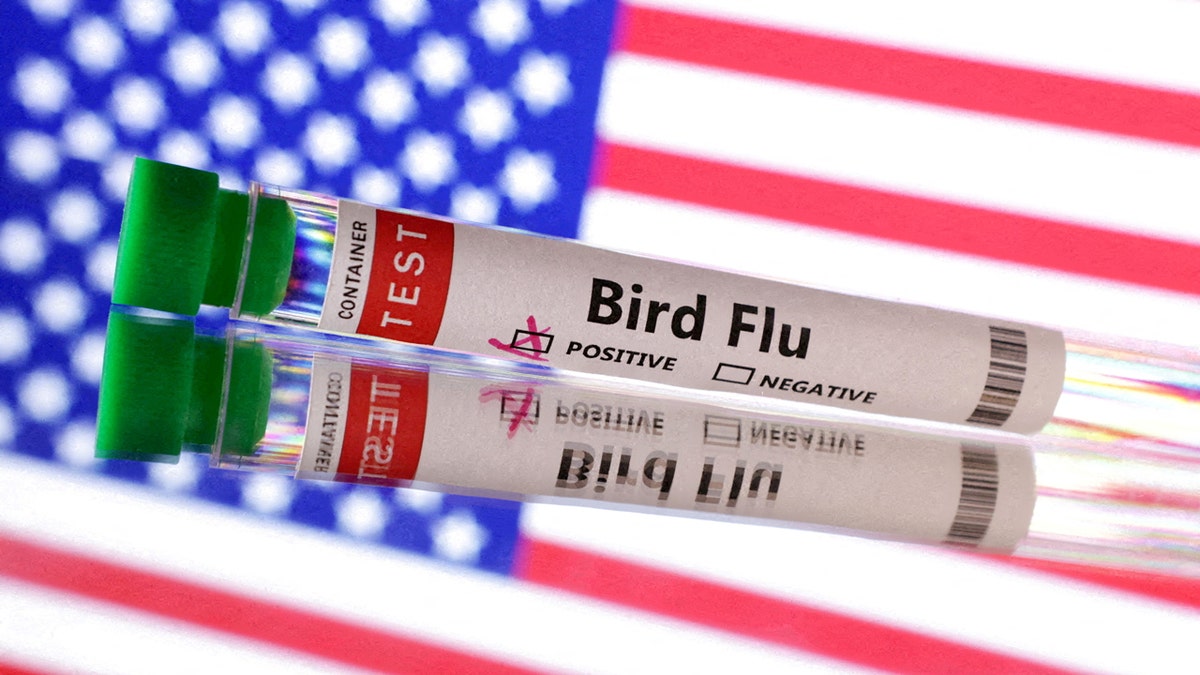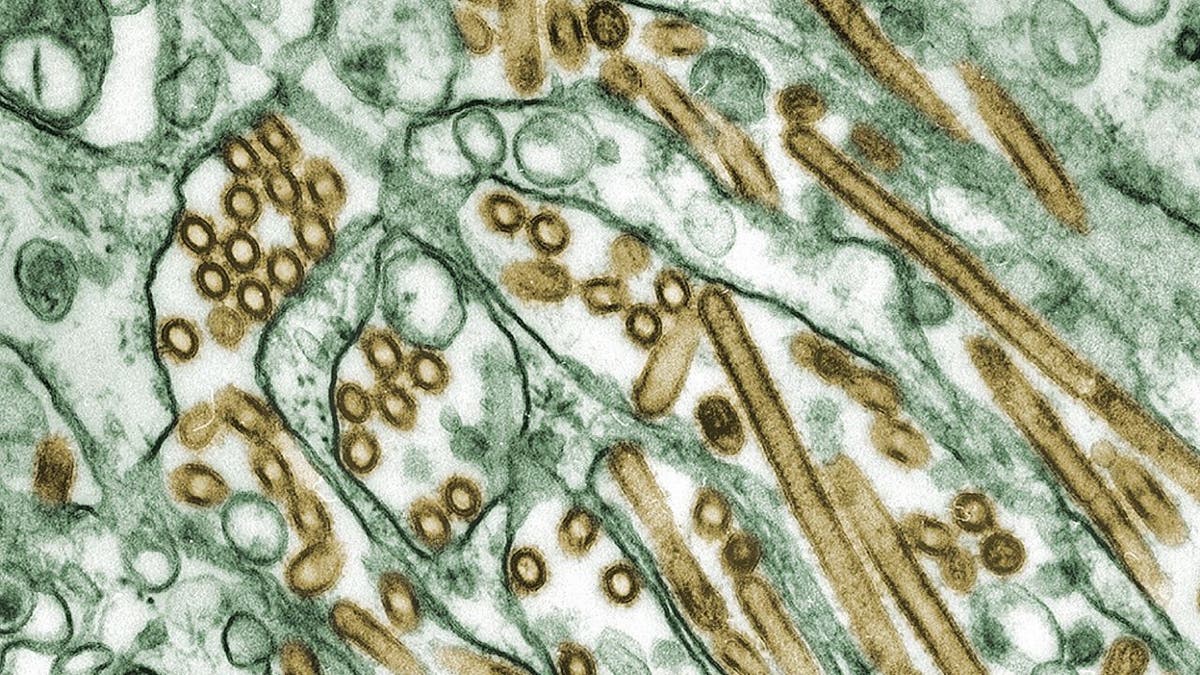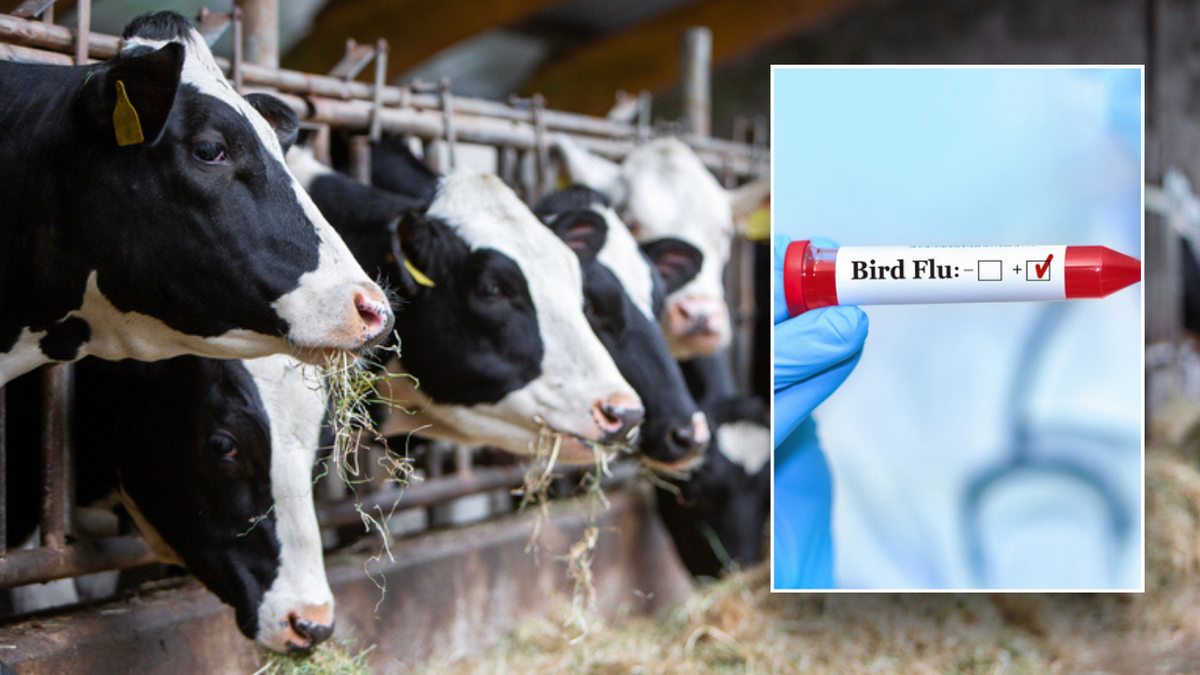Avian influenza, commonly known as bird flu, has made its first human appearance in Los Angeles County, California. An adult involved with livestock contracted the H5N1 strain, experiencing mild symptoms before recovering at home with antiviral treatment. Public health officials emphasize the low risk to the general public and currently find no evidence of human-to-human transmission.
Despite the low overall risk, individuals in close contact with the infected person and other workers at the affected site are under observation for symptoms. They've been offered testing, preventative antivirals, and personal protective equipment. This case is part of a broader investigation involving local, state, and federal health agencies.

This incident follows a recent severe H5N1 case requiring hospitalization in Louisiana. Health officials advise avoiding unprotected contact with potentially infected animals (dead or alive), including livestock and wild birds. They also recommend against consuming undercooked or raw animal products and emphasize protecting pets and domestic poultry from wildlife exposure.

Getting a seasonal flu vaccine is also encouraged to reduce the severity of seasonal flu and potentially lower the risk of simultaneous infection with both seasonal and avian influenza. Typical bird flu symptoms in humans range from eye redness and discharge to fever, respiratory issues, muscle aches, and gastrointestinal problems.

This Los Angeles case comes shortly after California Governor Gavin Newsom declared a state of emergency due to bird flu outbreaks in Southern California dairy cows. The virus, first detected in Texas and Kansas in March, has now spread to cattle in 16 states. The emergency declaration aims to equip government agencies with the resources to tackle the outbreak effectively.
While the CDC acknowledges the low current public health risk, they continue to closely monitor the situation. This recent case underscores the need for vigilance and preventative measures to mitigate the spread of avian influenza.








